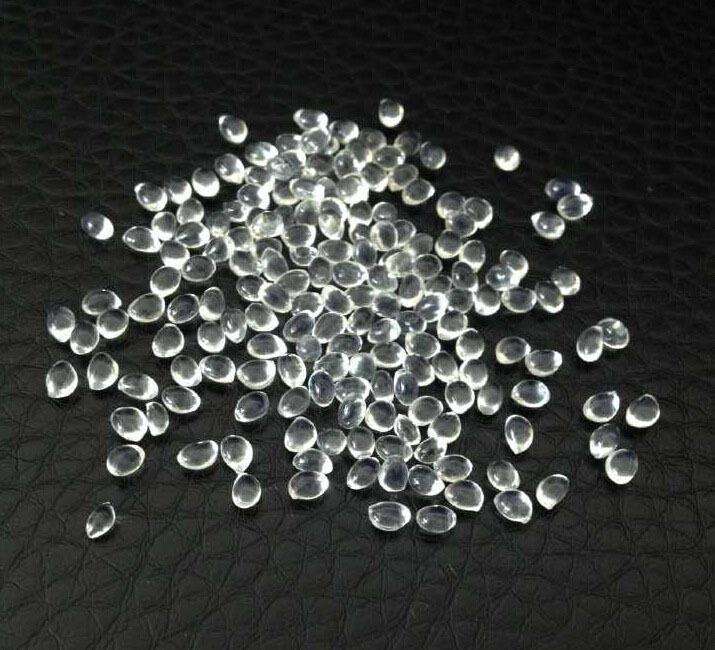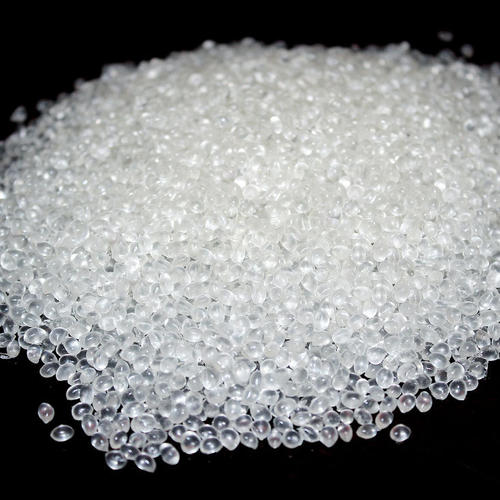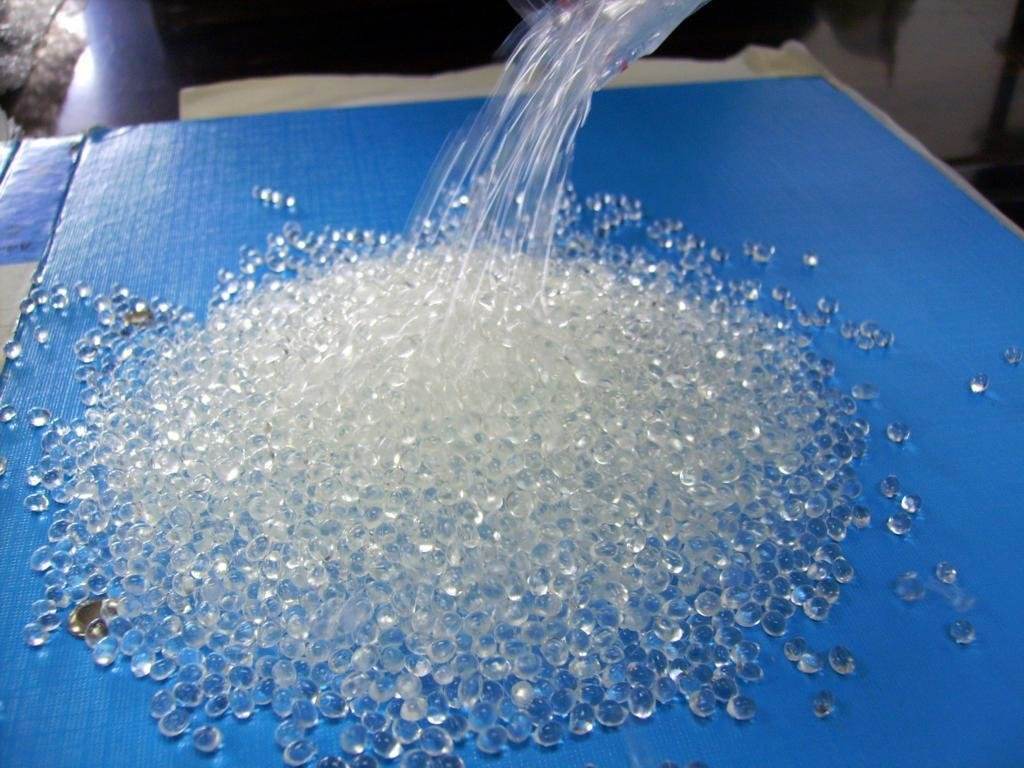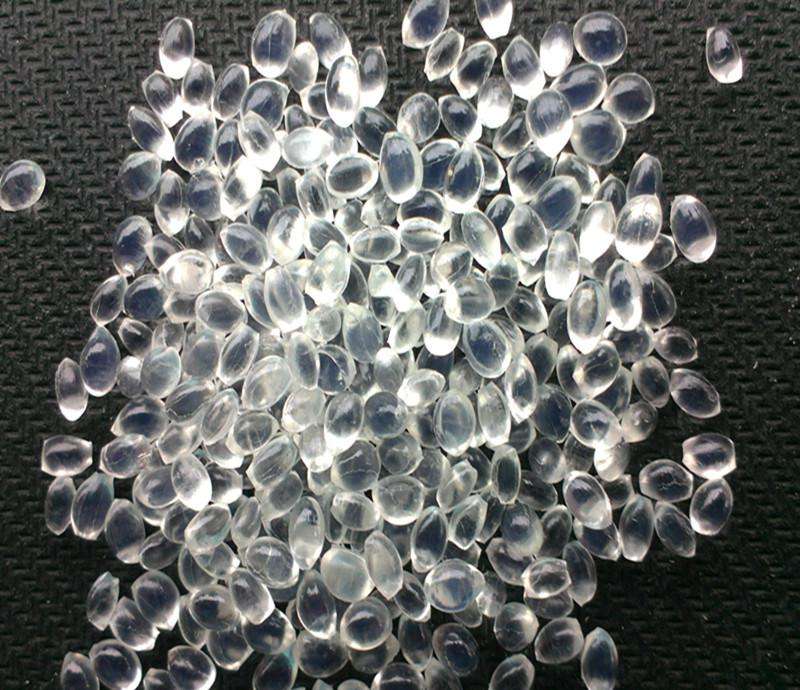What is polyurethane TPU?
Thermoplastic polyurethane TPU is a type of polyurethane that can be plasticized by heating and dissolved by solvents. Compared with mixing and casting polyurethane, thermoplastic polyurethane has no or very few chemical crosslinks in its chemical structure. Its molecules are basically linear, but there is a certain amount of physical exchange.
The concept of physical exchange was first proposed by Schollenberge C.S. in 1958. It refers to the existence of heat or solvent between linear polyurethane molecular chains. Reversible “junction point”, which is not actually a chemical cross-link, but functions as a chemical cross-link. Due to the effect of this physical cross-linking, polyurethane forms a multi-phase morphological structure theory. The hydrogen bonding of polyurethane strengthens its morphology and makes it resistant to higher humidity.

What are the classifications of polyurethane TPU?
Now that we know what thermoplastic polyurethane TPU is, what are its classifications? According to different classification standards, TPU can be classified into many different categories.
For example, according to the soft segment structure, it can be divided into polyester type, polyether type and butadiene type, which contain ester group, ether group or butenyl group respectively. . According to the hard segment structure, it is divided into urethane type and carbamate urea type, which are obtained by glycol chain extender or diamine chain extender respectively.
The most common classification is polyester type and polyether type.
According to whether there is cross-linking, it can be divided into pure thermoplastic and semi-thermoplastic. The former is a pure linear structure with no cross-linking bonds; the latter contains a small amount of cross-linking bonds such as allophanate. According to the use of finished products, they can be divided into special-shaped parts (various mechanical parts), pipes (sheaths, rod profiles) and films (sheets, thin plates), as well as adhesives, coatings and fibers.
How is polyurethane TPU synthesized?
Although there are many classifications of thermoplastic polyurethane TPU, in terms of molecular structure, they all belong to polyurethane. So, how does it come together?
According to different synthesis processes, it is mainly divided into bulk polymerization and solution polymerization.

In bulk polymerization, it can be divided into prepolymerization method and one-step method according to the presence or absence of pre-reaction: The prepolymerization method is to combine diisocyanate and macromolecular diol first React for a certain period of time, and then add chain extension to produce TPU; the one-step method is to mix macrodiol, diisoester and chain extender at the same time to form TPU.
Solution polymerization is to dissolve diisocyanate in a solvent first, then add macrodiol to react for a certain period of time, and finally add a chain extender to generate TPU.
TPU’s soft segment type, molecular weight, hard segment or soft segment content, and TPU aggregation state will affect the density of TPU. The density is approximately between 1.10 and 1.25, and There are no significant differences between other rubbers and plastics. Polyether TPU has a lower density than polyester TPU at the same hardness.
How is polyurethane TPU processed?
The synthesized TPU particles need to undergo various processing to form the final product. The melting method and the solution method are mainly used for TPU processing.
Melt processing is a process commonly used in the plastics industry: such as mixing, calendering, extrusion, blow molding and molding (including injection, compression, transfer and centrifugation, etc. ); Solution processing is when the pellets are dissolved in a solvent or directly polymerized in the solvent to form a solution and then coated, spun, etc.
The final product made from elastomer TPU generally does not require vulcanization and cross-linking reaction, which can shorten the production cycle and waste materials can be recycled and reused.
What is the performance of polyurethane TPU?

A material is widely used because of its very good performance, and TPU is no exception.
Like cast polyurethane (liquid) and kneaded polyurethane (solid), TPU has high modulus, high strength, high elongation and high elasticity, excellent Excellent wear resistance, oil resistance, low temperature resistance and aging resistance. Among them, high tensile strength, large elongation, and low long-term compression permanent deformation are the significant advantages of TPU.
The following will mainly describe the mechanical properties of TPU in terms of tensile strength, elongation, resilience, hardness, etc.
①High tensile strength and large elongation
TPU has excellent tensile strength and elongation. From the data in the figure below, we can see that the tensile strength and elongation of polyether TPU are much better than those of polyvinyl chloride plastic and rubber.
In addition, TPU can meet the requirements of the food industry by adding no or very few additives during processing, which is also difficult to achieve with other materials such as PVC and rubber.
②Resilience is very sensitive to temperature
The resilience of elastomer TPU refers to the degree to which it quickly returns to its original shape after the deformation stress is relieved. It is expressed by recovery energy, that is, the deformation retraction work and the time required to produce deformation. The ratio of work. It is a function of the elastomer’s dynamic modulus and internal friction, and is very sensitive to temperature.
TPU soft segments are PTMG, PCL, and PBA, with relative molecular masses of 1000 and 2000 respectively; hard segments are MDI-BDO, with hard segment contents of 48.2% ( PCL-1250 is 42.7%) and 31.7%, r0=1.05, synthesized by prepolymerization method.
As expected, the springback decreases with decreasing temperature until, at a certain temperature, the elasticity increases rapidly. This temperature is the soft segment crystallization temperature, which is determined by the structure of the macromolecular glycol. Polyether TPU is lower than polyester TPU. At temperatures below the crystallization temperature, the elastomer becomes very hard and loses its elasticity; therefore, rebound is similar to rebounding off a hard metal surface.

③The hardness range is Shore 60A–80D
Hardness is an indicator of a material’s ability to resist deformation, nicks and scratches.
TPU hardness is usually measured with Shore A and Shore D hardness testers. Shore A is used for softer TPU, and Shore D is used for harder TPU. of TPU.
Since the hardness of TPU can be adjusted by adjusting the ratio of soft and hard segments, TPU has a relatively wide hardness range, with hardness ranging from Shore 60A- -80D, spans the hardness of rubber and plastic, and is highly elastic throughout the hardness range.
As the hardness changes, some properties of TPU will change. For example, increasing the hardness of TPU will result in performance changes such as increased tensile modulus and tear strength, increased rigidity and compressive stress (load capacity), reduced elongation, increased density and dynamic heat generation, and increased environmental resistance.
What fields are polyurethane TPU used in?
At present, the main manufacturers of polyurethane TPU raw materials in the world include: BASF, Covestro, Lubrizol, Huntsman, McKinsey, Gaoding, etc.
As an elastomer with excellent performance, polyurethane TPU has a wide range of downstream product directions and is widely used in daily necessities, sporting goods, toys, decorative materials and other fields. The following are examples A few examples.
①Shoe material
TPU is used in shoe materials mainly due to its excellent elasticity and wear resistance. Footwear products containing elastomer TPU are much superior to ordinary footwear products in terms of wearing comfort. Therefore, they are widely used in high-end footwear products, especially some sports shoes and casual shoes.
②Hose
Because TPU hoses are soft, have good tensile strength, impact strength and high and low temperature resistance, TPU hoses are widely used in aircraft, tanks, Gas and oil transmission hoses for automobiles, motorcycles, machine tools and other mechanical equipment.
③Cable
Polyurethane elastomer TPU provides tear resistance, wear resistance and bending characteristics, and high and low temperature resistance is the key to cable performance. Therefore, in the Chinese market, TPU is used for high-end cables such as control cables and power cables. It is used to protect the coating materials of complexly designed cables, and its uses are becoming increasingly widespread.
④Medical Devices
TPU is a safe, stable and high-quality alternative to PVC. It does not contain harmful chemical substances such as phthalates and will migrate to medical catheters or medical devices. There are no side effects in the blood or other liquids in the bag, and the specially developed extrusion grade and injection molding grade TPU can be easily used with only a little adjustment on existing PVC equipment.

 微信扫一扫打赏
微信扫一扫打赏

